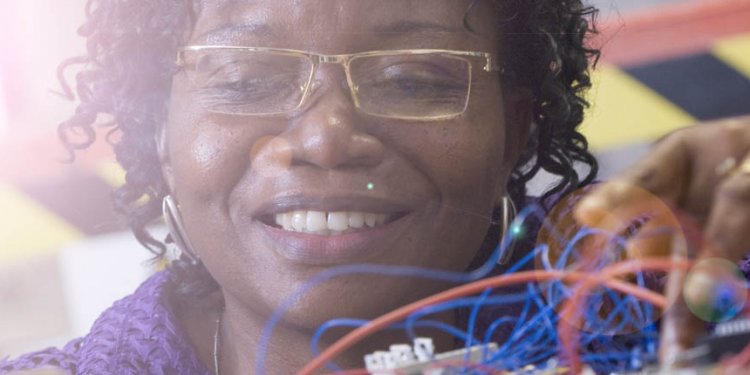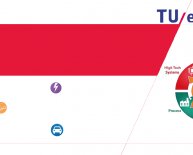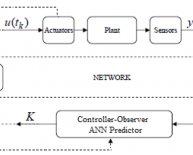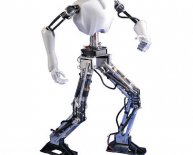
Control Systems Engineering Lecture Notes
Course Number: 489
Credits: 3
Lecture Hours: 3
Professor/Coordinator:
Sandip Roy
Course materials:
Textbook(s) (title, author, year):
- Franklin, Powell, and Emami-Naeini. Feedback Control of Dynamic Systems, Prentice Hall.
- Also, lecture notes are provided to the students.
Supplemental Materials:
- The textbook of Dorf and Bishop (Modern Control Systems) is suggested as a supplemental reference.
Catalog Description:
EE 489 provides an introduction to classical control theory. Building on students’ background in modeling and analyzing electrical systems, this course will study how dynamical systems can be controlled (modified) through feedback, so that they achieve desired design goals. Throughout the course, these control methods will be applied to realistic examples from several disciplines.
Course Prerequisites:
- Completion of EE 321 with grade of C or better .
Prerequisite Grade Requirements:
C or better
Topic Prerequisites:
Topic Corerequisite:
- concurrent registration in EE 341, or permission of instructor.
EE Course Required/Elective:
elective
Overview and Course Goals:
EE 489 provides a comprehensive introduction to the analysis and
design of feedback control systems. By the end of the course, students should be able to
a) develop linear-systems abstractions and pose control-design problems for a range of electrical, mechanical, and heat/fluid-flow devices;
b) solve linear systems, and characterize their stability and performance;
c) analyze feedback control systems, by computing closed-loop responses (given tracking inputs and possible disturbances), and characterizing closed-loop stability and performance;
d) design feedback control systems, by choosing appropriate control architectures, and applying root-locus- and frequency-response-based design techniques.
Topics [with corresponding ABET outcomes]:
1) Introduction/Motivation: control applications, control-system types and components [a, g, h, i] 2) Introduction/Motivation: example illustrating benefits/tradeoffs in feedback control [a, c, e] 3) Modeling: forms of linear systems models (standard, state-space, transfer function) [a, e, k] 4) Modeling: mechanical systems (including translational and rotational ones) [a, b, e, g, k] 5) Modeling: electrical circuits [a, e, k] 6) Modeling: electromechanical systems, with a focus on the DC motor [a, e, k] 7) Modeling: heat and fluid flow [a, b, e, k] 8) Modeling: linearization and scaling [a, e, k] 9) Analysis of linear systems: review how to solve [a, e, k] 10) Analysis of linear systems: internal and bounded-input-bounded-output stability, Including definitions, conditions, and tests (e.g., Routh criterion) [a, e, k] 11) Analysis of linear systems: steady-state and transient performance, including definitions of measures and simple characterizations of these measures [a, e, k] 12) Analysis of feedback systems: block-diagram analysis [a, e, k] 13) Analysis of feedback systems: basic analysis of standard feedback configuration (compensation ahead of plant, unity-feedback-gain) [a, e, k] 14) Analysis of feedback systems: stability and performance analysis by applying tools developed for linear systems [a, e, k] 15) Design of feedback controllers: common control architectures (e.g., P, PI, PID, lead/lag networks); understanding their time-domain characteristics and selection [a, e, k] 16) Design of feedback controllers: root-locus design, including drawing root loci, designing control gains, and interpreting performance using the root-locus [a, e, k] 17) Design of feedback controllers: frequency-response-based design [a, b, e, k]
Course Rules:
The academic integrity policy described at to this course. Any cheating will result in a failing grade for the course, and will also be reported to the department for appropriate action. In this course, the exams are individual assignments, and any collaboration will be considered cheating. Collaborative effort on homework is acceptable and in fact encouraged; however, you must cite your collaborators, and the written text of the homework must be your own. Similarly, other reference texts that you use on homework or the project must be cited.

















